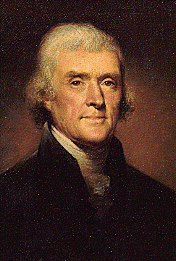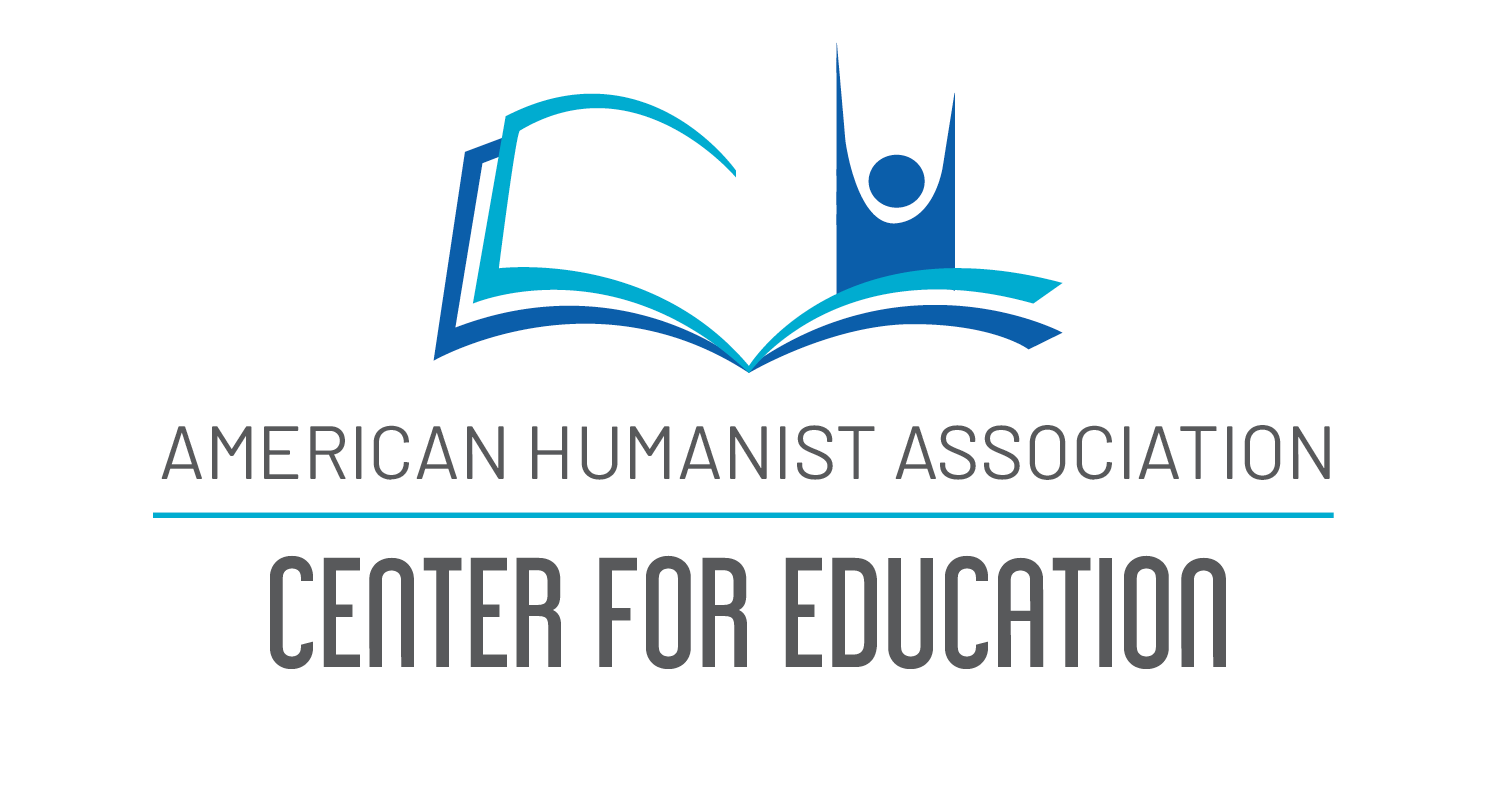Before we go too much further it would be helpful to give a brief description of the Constitutional principles and provisions we will be examining. While the Free Speech Clause, Equal Protection Clause, and the ban against religious oaths for holding political office are sometimes utilized as the basis for a religious legal challenge, the two most important clauses that pertain to religion and the law can be found in the First Amendment of the Bill of Rights.
The Free Exercise Clause protects individuals from government persecution based on hostility to their religious beliefs, including the right not to believe. This clause provides the basic protection for individuals to think, speak, and even act upon their religious tenets or lack thereof. The Establishment Clause goes a step further, prohibiting government favoritism towards any religious group, at the very least, and government endorsement of religion generally. This clause is supposed to drive a wedge between government and religion and is usually thought of as the basis for the doctrine of church/state separation, though there is little agreement upon what exactly this principle means.
The combined effect of these two clauses is intended to promote government neutrality towards religion. However, the two clauses are often in tension and have the potential to conflict with each other when they are interpreted too broadly. When does religious freedom violate church/state separation? When does church/state separation intrude upon religious freedom? For example, does exempting a religious pacifist from military duty further religious freedom? Or should this dispensation be regarded as special treatment to the religious and thus be viewed as a violation of church/state separation? Are we violating church/state separation when we allow a teacher to lead a prayer in a public classroom? Or would we be denying religious freedom for the teacher if we prohibited her from doing so? Where does the religious freedom of her students figure into all this?
In the Basic Module, we will closely examine the origins of the Free Exercise Clause and explore how the legal definition of religious freedom has changed throughout the history of this nation.
The first lesson of the Comprehensive Model will, in a similar fashion, explore the origin, history, and current status of the Establishment Clause. Both lessons will explore the effect that incorporation of the Bill of Rights had on the First Amendment.
In the second lesson, the instructor will explicitly take a stand on how both of these clauses should be interpreted. Specifically, it will be argued that the doctrine of separation of church and state is the best approach to employ in determining the operation of these clauses for both practical and normative reasons. This lesson will examine five different arguments against the separation doctrine and then respond by explaining the various shortcomings and flaws of the accommodationist or non-preferentialist viewpoint.
In the third and final lesson of the Comprehensive Module, we will show the implications of the separationist viewpoint upon such contentious issues as the evolution/creationist debate, prayer in public schools, ceremonial deisms, funding of religious schools, general law-making, and religious exemptions.

While this course will support the separationist viewpoint, it will also make an unorthodox defense of that doctrine that most separationists might initially reject. Thomas Jefferson’s call for a “wall” of separation between church and state, in his celebrated letter to the Danbury Baptists, is often considered by many separationists to be the last word on the subject. But we will show that there was always a competing tradition to the views of Jefferson and other founders. Even within the separationist camp, many supported the doctrine not so much to protect the government from religion, but to protect religion from government. When Roger Williams established Rhode Island to be a haven against religious intolerance, he was doing so not to make the new colony a secular state, but to keep religion from being oppressed by the religiously-controlled governments of the time, particularly Puritan Massachusetts. We will also examine the existence of state-sponsored churches and laws against blasphemy and religious oaths for elective office, which continued in existence long after the First Amendment and the rest of the Bill of Rights had been ratified.
It is expected upon completion of the Comprehensive Module that the student will be able to critically assess the many controversies involving religious freedom and the Constitution — including such current hot-button issues as vouchers for religious schools and the inclusion of “under God” in the Pledge of Allegiance — and be able to come to an informed, objective opinion on how to resolve these intractable problems.
In addition to these issues, this course will examine the Constitutionality of publicly funded Christmas displays, court-compelled religious exemptions, faith healers’ refusal of medical treatment, school prayer, moments of silence, legislative chaplains, ceremonial deisms, and other related issues such as reproductive freedom and religious bigotry.
It is hoped that the student will come away from this seminar with a better understanding of why disputes about various issues of religious freedom are treated in different ways. It will also help the student become familiar with the many arguments used to support and justify opposing positions so that the informed observer can make up his or her own mind as to whether the courts made the correct decision on a specific religious controversy.

